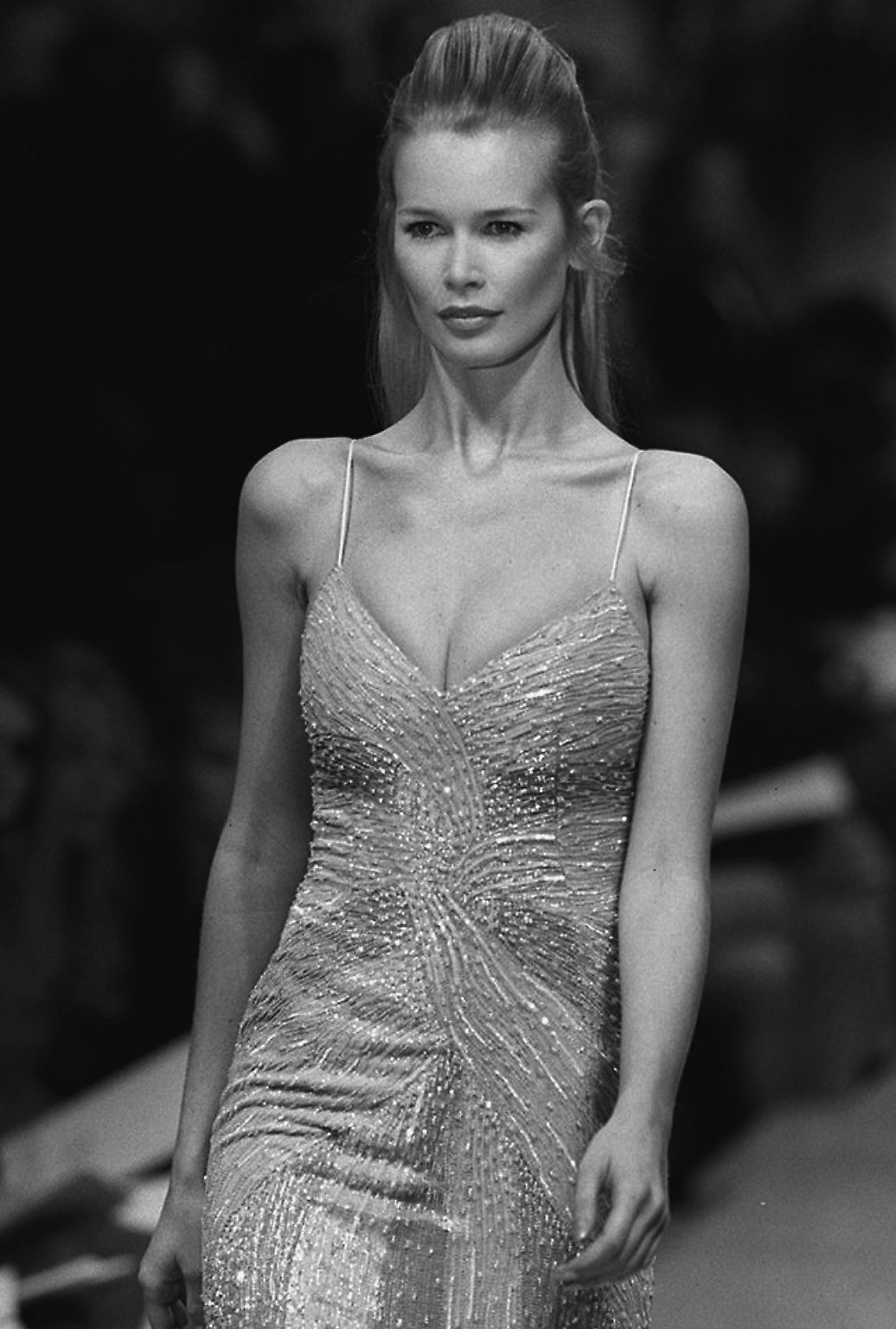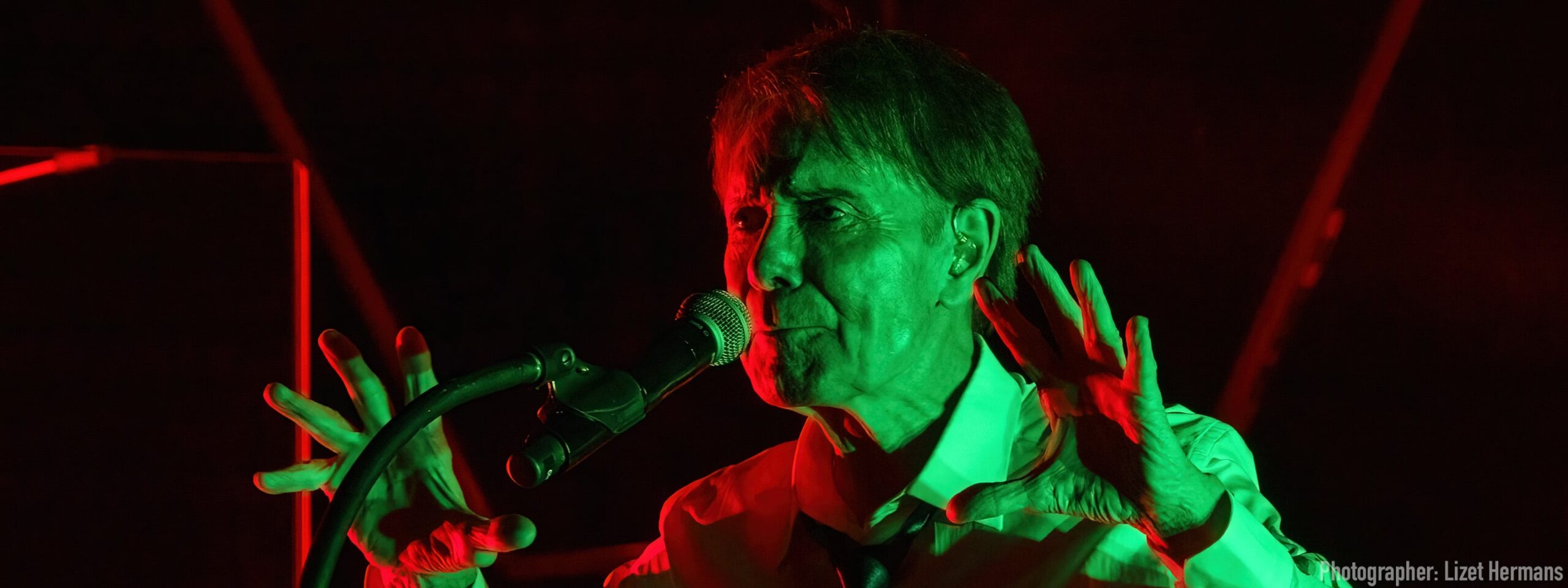
Introduction
Claudia Schiffer is a name synonymous with the fashion industry, having defined the term “supermodel” in the 1990s. With her striking features and remarkable talent, she has become a cultural icon, influencing both fashion and beauty standards across generations. As the industry continues to evolve, Schiffer’s lasting impact remains relevant, making her an enduring figure to study in the context of modelling and celebrity culture.
Career Launch and Success
Born in Rheinberg, Germany, in 1970, Claudia Schiffer was discovered at a Düsseldorf nightclub in 1987 by a modelling scout. The following year, she moved to Paris and quickly rose to fame. By the early 1990s, she was gracing the covers of countless fashion magazines and walking runways for major designers like Versace, Chanel, and Valentino. Her collaboration with photographer Herb Ritts for several iconic campaigns catapulted her into superstardom.
During her peak, Schiffer was one of the highest-paid models in the world, earning millions per year and securing her status as a household name. Her distinctive look led to her being part of a select group known as the “Big Six,” which included fellow supermodels such as Naomi Campbell and Christy Turlington.
Influence and Legacy
Beyond her modelling career, Claudia Schiffer has made significant contributions to fashion and society. In the 2000s, she expanded her horizons by launching various business ventures, including her own clothing line and collaborations with major retail brands. Schiffer has also dedicated time to philanthropy, supporting charitable causes like the United Nations Children’s Fund (UNICEF) and environmental initiatives.
Moreover, Schiffer’s adaptability has allowed her to remain relevant in the ever-changing landscape of the fashion world. She has embraced social media, engaging newer audiences and showcasing her legacy through platforms like Instagram, where she shares glimpses of her life, work and family.
Current Endeavours
Recently, Schiffer has returned to the spotlight, participating in high-profile fashion shows, including a notable return to the runway for the Versace Spring/Summer 2023 collection, redefining what it means to be a ‘timeless’ model. Her rekindled presence in the industry signals a broader acceptance of age diversity on runways, inspiring both aspiring models and the fashion community.
Conclusion
Claudia Schiffer’s journey from a young girl in Germany to an internationally revered supermodel highlights not only her talent but also the evolution of the fashion industry itself. As she continues to break barriers and redefine norms, her influence on future generations can’t be overstated. Readers can look forward to seeing how Schiffer’s legacy unfolds in the coming years, as she remains a pivotal figure in discussions about beauty, diversity, and the power of fashion.
You may also like

The Enduring Legacy of Cliff Richard
